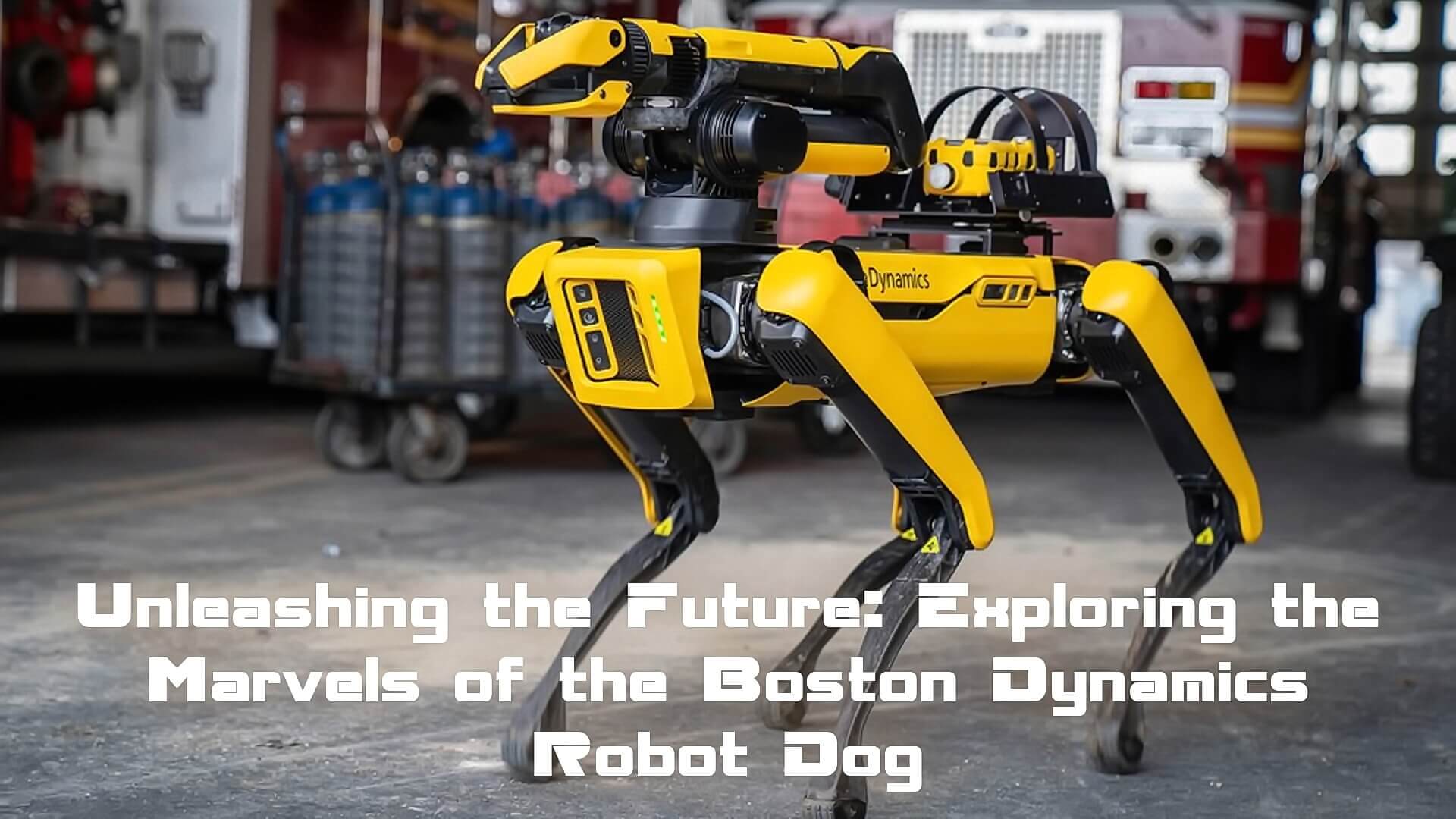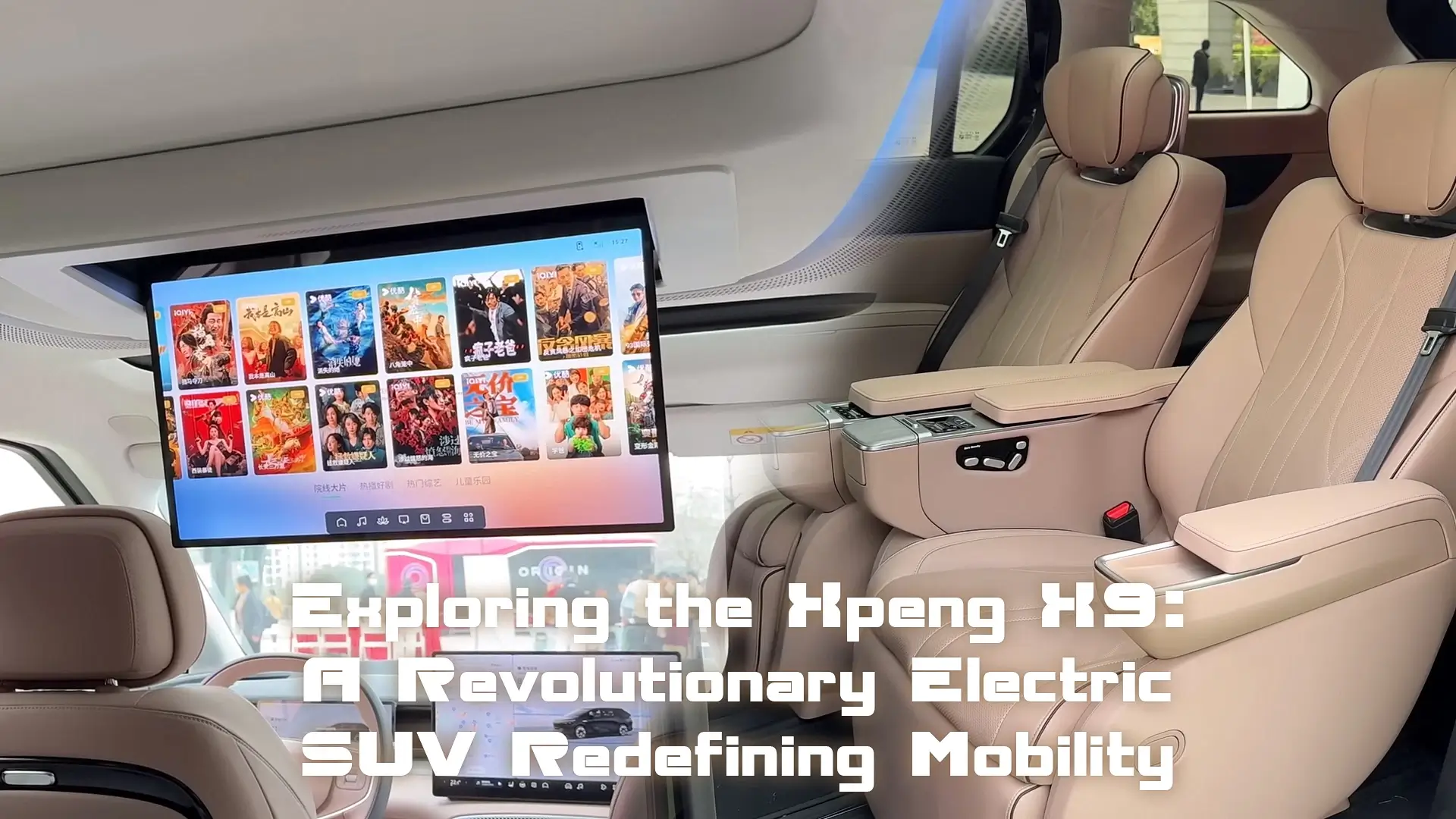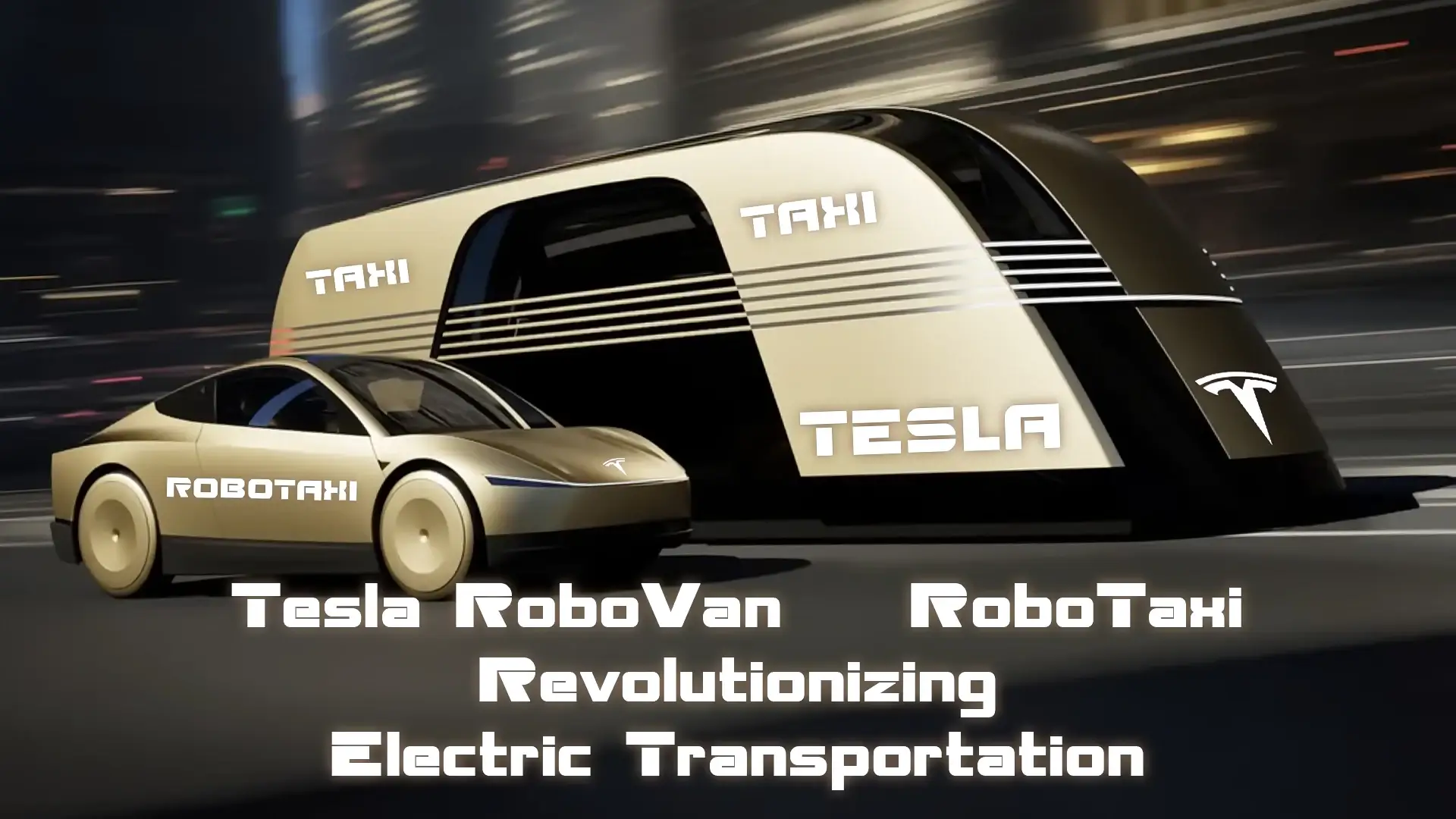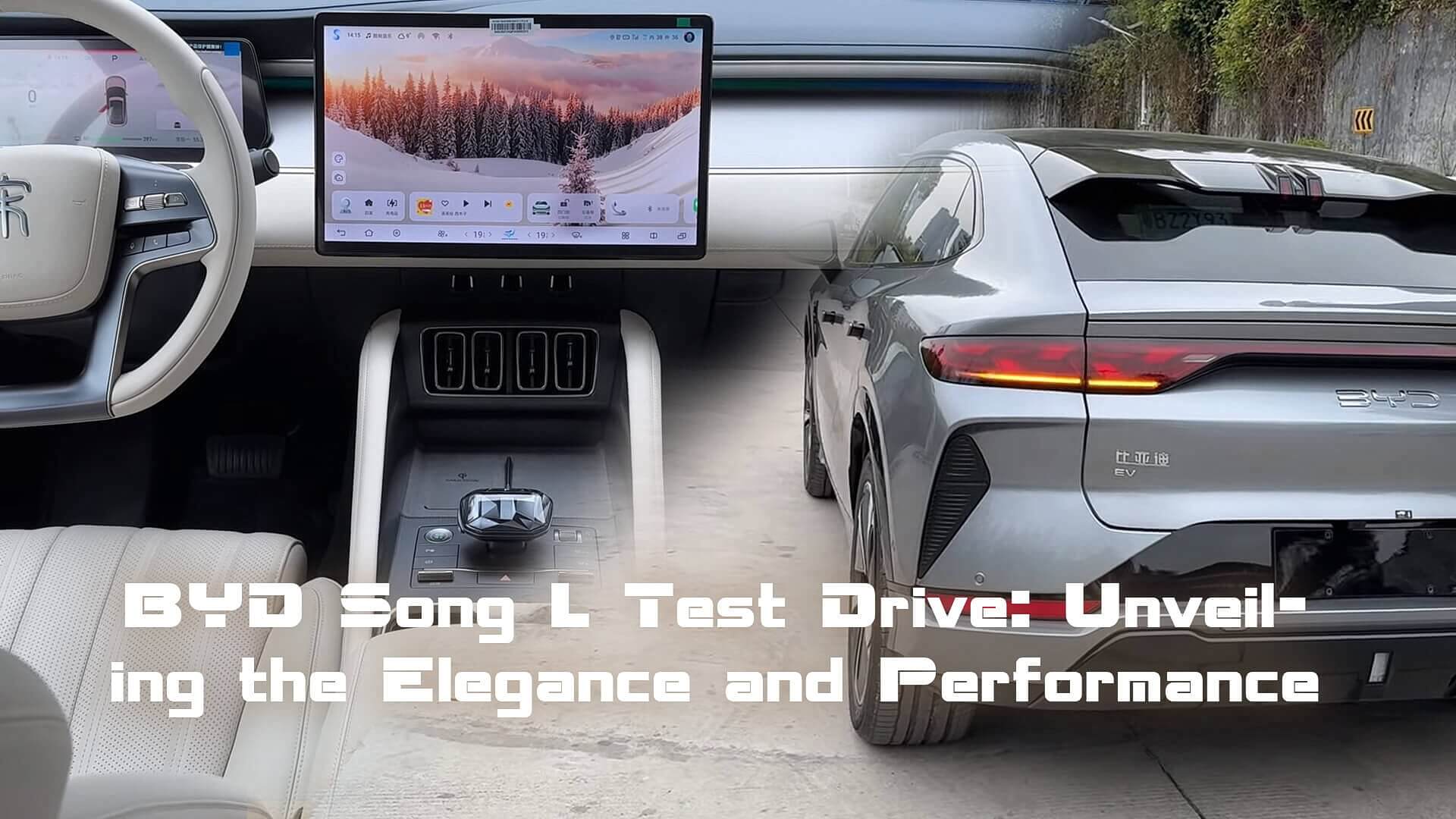In the realm of robotics, one name stands out prominently—Boston Dynamics. Renowned for pushing the boundaries of what is possible in robotics, the company has created a stir with its revolutionary creation: the Boston Dynamics robot dog. This robotic marvel, also known as Spot, has captured the imagination of tech enthusiasts, engineers, and industry leaders alike, marking a significant leap forward in the field of robotics.
The Birth of a Mechanical Canine Wonder
Boston Dynamics, founded in 1992, has a rich history of developing advanced robotics for various applications. The company gained widespread recognition for its bipedal and quadrupedal robots, showcasing unparalleled agility and versatility. The introduction of the robot dog, however, took their innovations to a new level.
The Boston Dynamics robot dog, officially named Spot, first made headlines in 2016 when it was introduced as a versatile, agile, and robust robotic platform. With its four legs and a sleek, futuristic design, Spot quickly became a symbol of the company’s commitment to pushing the boundaries of what robots can achieve.
The Technological Marvel: Anatomy of Spot
Dynamic Locomotion
At the heart of Spot’s capabilities lies its dynamic locomotion system. With four individually actuated legs, the robot can navigate a wide range of terrains with unprecedented agility. This ability makes Spot a valuable asset in environments that are challenging for traditional wheeled or tracked robots.
Sensory Perception
Spot is equipped with a suite of sensors, including cameras and LiDAR, allowing it to perceive and interpret its surroundings. This advanced sensory perception is crucial for tasks such as mapping, navigation, and obstacle avoidance, making the robot dog suitable for diverse applications.
Payload and Customization
One of the remarkable features of Spot is its payload capacity and the ability to carry various payloads, transforming it into a versatile tool for different industries. Whether it’s carrying a camera for remote inspection, a manipulator arm for handling objects, or specialized sensors for data collection, Spot can be customized to meet specific requirements.
Autonomous Operation
Spot is designed to operate autonomously, relying on its sensors and onboard computing power to make real-time decisions. This autonomy enables the robot dog to perform tasks in dynamic and unstructured environments, reducing the need for constant human intervention.
Applications Across Industries
Construction and Inspection
The Boston Dynamics robot dog has found applications in the construction industry, where it can navigate construction sites with ease. Equipped with cameras and sensors, Spot can inspect structures, monitor progress, and even access hard-to-reach or hazardous areas, enhancing efficiency and safety.
Public Safety and Security
Spot serves as an innovative tool in public safety and security. Its ability to patrol and monitor areas, coupled with the capability to transmit live video feeds, makes it a valuable asset for law enforcement and security personnel. Spot can be deployed in scenarios where human presence may be risky, such as during emergencies or in hazardous environments.
Oil and Gas Exploration
In the oil and gas industry, Spot’s agility and versatility are leveraged for inspections and monitoring in challenging environments. Its ability to navigate through industrial facilities and assess equipment integrity makes it an ideal candidate for routine inspections and maintenance tasks.
Medical and Healthcare
Spot has also found applications in the medical field, particularly in hospitals and healthcare settings. With the capability to transport supplies and assist in routine tasks, the robot dog contributes to streamlining operations and reducing the burden on healthcare professionals.
The Ethical Considerations
While the Boston Dynamics robot dog offers groundbreaking capabilities and applications, it also raises ethical considerations and concerns. The use of robotics in various industries prompts discussions about job displacement, privacy issues, and the potential misuse of such technology. Striking a balance between technological advancement and ethical considerations remains a crucial aspect of integrating robots like Spot into society.
The Road Ahead: Evolution and Future Prospects
As technology continues to evolve, so does the potential of the Boston Dynamics robot dog. The company continues to refine and enhance Spot’s capabilities, exploring new applications and addressing challenges. The integration of artificial intelligence, machine learning, and advanced sensors is likely to further augment Spot’s autonomy and decision-making abilities.
Moreover, Boston Dynamics envisions a future where robotic systems collaborate seamlessly with humans, complementing and enhancing our capabilities. The robot dog serves as a stepping stone towards achieving this vision, showcasing the potential of human-robot collaboration in various fields.

And so: A Glimpse into Tomorrow
In the ever-evolving landscape of robotics, the Boston Dynamics robot dog stands as a symbol of innovation and technological prowess. From construction sites to healthcare facilities, Spot’s versatile applications demonstrate the transformative impact of robotics on industries and daily life.
As we marvel at the capabilities of this mechanical canine wonder, it is essential to navigate the ethical considerations and ensure responsible development and deployment. The Boston Dynamics robot dog represents not just a technological achievement but a glimpse into the future where humans and robots coexist, working together to overcome challenges and create a safer, more efficient world.



